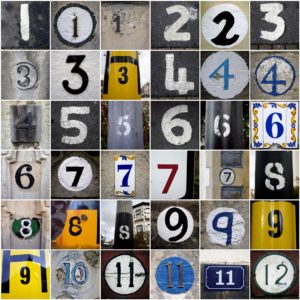 If you want to become a beekeeper, January is a good time to take stock of all your resources and get prepared for the season.
If you want to become a beekeeper, January is a good time to take stock of all your resources and get prepared for the season.
Learning opportunities include classes through PSBA and other local organizations; on-line forums such as honeybeesuite.com, Beesource.com; PSBA apiary work parties, PSBA Meetings, and library books.
Join or renew your membership with PSBA. Place your order for bees to avoid the rush using one of the vendors listed on the PSBA website resources page. Register as a beekeeper in Washington State (It’s the law!). Regardless of your level of expertise, pursue improving forage for bees. “Garden Plants” by Peter Lindtner divides plants into groups according to the month they bloom with a color photo of the bloom. A 1 to 5 star rating is used for each .
Be sure to subscribe to the PSBA buzz so you’ll get the Hive Calendar delivered to your inbox – it covers the “what to do” items for the entire season.
In your hives: During January continue to remove dead bees at the entrance to allow live bees to escape for cleansing flights. Estimate the amount of honey (food stores) remaining by tipping the rear of the hive slightly to judge the hive weight. If it is not heavy you probably need to provide supplementary feeding via fondant, or sugar patties on top of the frames; dry sugar sprinkled on top of newspaper over the frames; or actual honey frames if you have some in storage. It is too cold to feed sugar syrup. The wide variation in February temperatures usually produces a period of 55+ degrees allowing you to check stores – quickly.
During brief temperature peaks the bees will break cluster to take cleansing flights. Bees cluster when temperatures are below about 57 degrees to keep themselves warm. They continue to eat, move about, rear brood, and generate heat by contracting their wing muscles. Metabolic water vapor is produced as a result which is why you are encouraged to create additional ventilation for the hive when prepping for winter. Keep hives tipped forward slightly to enable condensation to drip forward and out of the hive instead of on top of the bees.
In late fall when there is no brood the cluster generates a temperature from 57 to 81 degrees and when eventually the queen resumes egg laying, the brood temperature reaches about 93 degrees. During fall and winter the cluster slowly moves upward toward the food.
Bee Facts: Over 2 million joules (1898BTU) are burned over the winter to warm the cluster. “The Beekeeper’s Handbook” by D. Sammataro and A. Avitabie